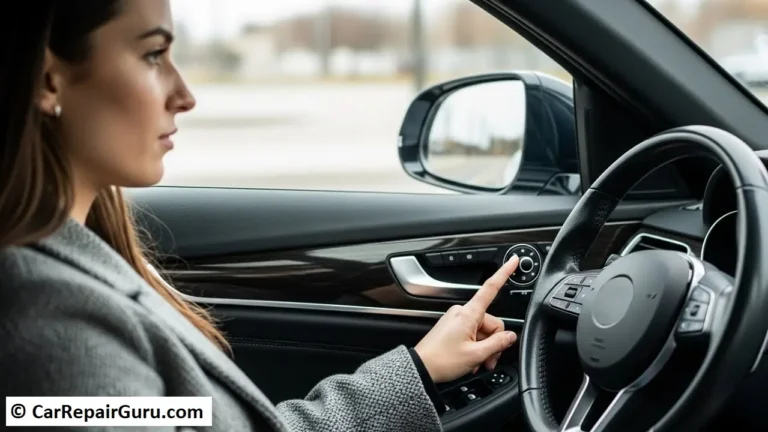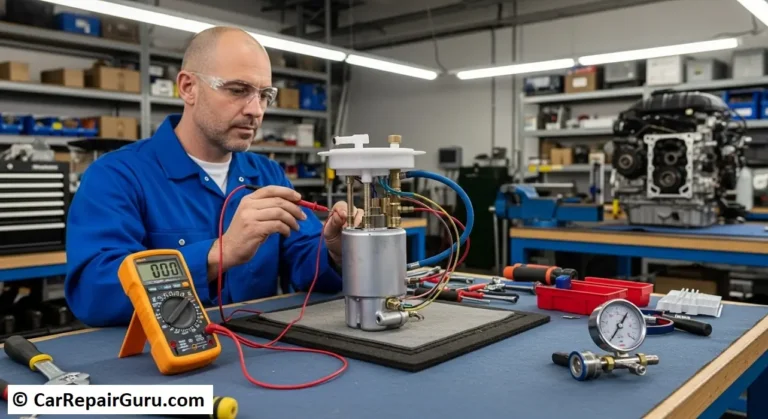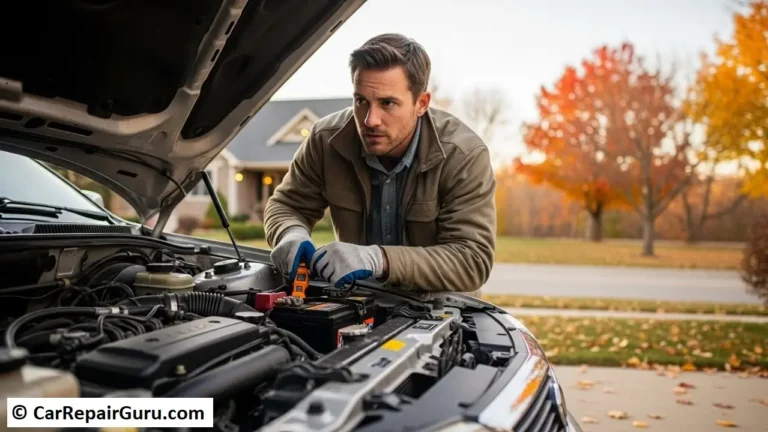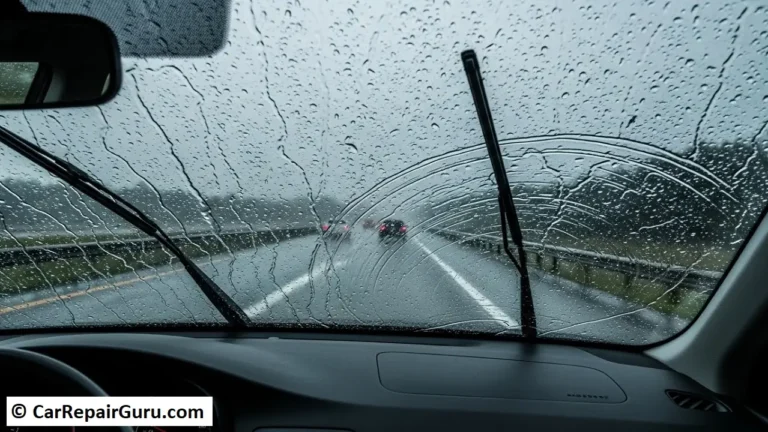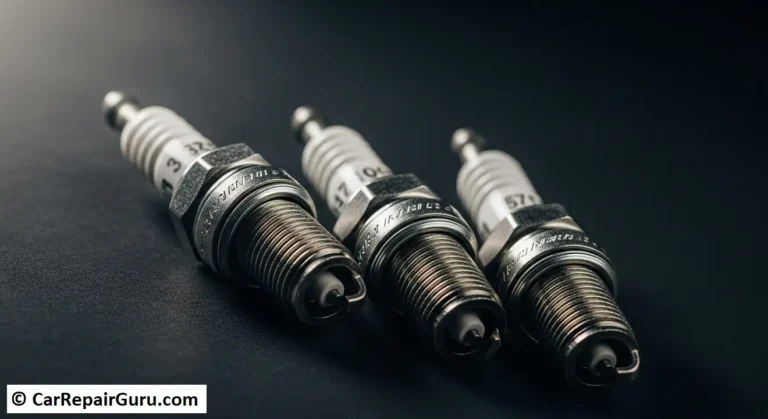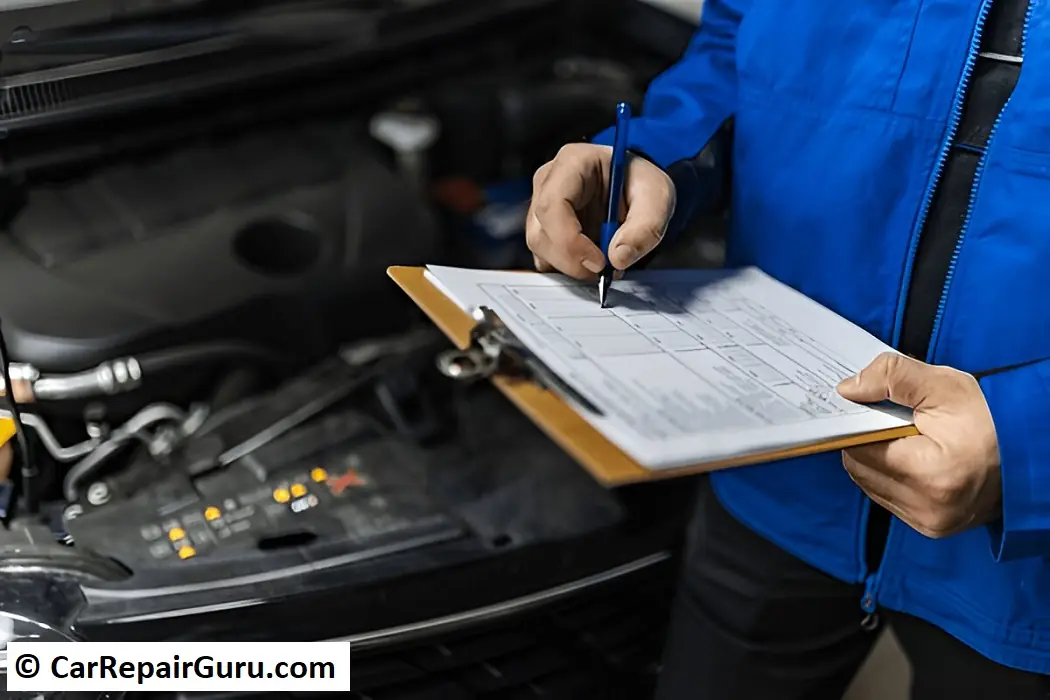
Buying a used car can feel like a gamble—unless you have the right information in your hands. That’s where a vehicle history report steps in. Think of it as your car’s resume. It tells you the full used car history, including details like who owned it, whether it’s been in any accidents, and even if the odometer has been rolled back.
A vehicle background check gives you insights into things that aren’t always obvious from a test drive or a slick sales pitch. Was the car ever declared a total loss by an insurance company? Is the title clean, or does it come with a red flag like flood or salvage status?
Before making one of the biggest purchases of your life, it’s smart to get a clear picture of what you’re buying. A vehicle history report is a simple tool that can help you avoid expensive regrets down the road.
What Information is Included in a Vehicle History Report?
A vehicle history report offers a wealth of information that helps you see beyond the shiny paint and polished wheels. It lays out the car’s past in detail—both the good and the not-so-good. Here’s what you can expect to find:
1. Title Status
The title tells you whether the car has a clean record or if it carries warnings. For example, a salvage title means the vehicle was deemed a total loss by an insurance company due to serious damage. There are also titles like “rebuilt,” “flood,” or “lemon,” which signal potential red flags.
2. Odometer Readings and Mileage Fraud
Consistent odometer readings are crucial. A report shows how the mileage has changed over time. If there are suspicious drops or resets, it could indicate mileage fraud, which is illegal and misleading.
3. Accident Report and Damage History
You’ll see any recorded accident reports, including the severity of the damage and whether airbags were deployed. Some reports even include repair estimates or photos from insurance claims.
4. Ownership History
A key detail for used car buyers is the ownership history. It shows how many people have owned the car, how long they kept it, and whether it was used privately, commercially, or as a rental. Fewer owners often suggest more consistent care.
5. Service and Maintenance Records
Some reports include maintenance records, which help you understand if the vehicle received regular oil changes, brake inspections, or other vital services. A well-maintained car can offer better performance and reliability over time.
Together, these sections of a vehicle history report paint a full picture of a car’s journey—helping you decide whether it’s a smart investment or a potential money pit.
Why Are Vehicle History Reports Important?

Buying a used car without checking its vehicle history report is like buying a house without seeing the inspection results. You might get lucky—but you’re just as likely to end up with a lemon.
A vehicle history report gives you transparency. It helps you verify critical details that a seller might not mention, such as past accidents, title issues, or hidden damage. For example, if a car was involved in a major collision and repaired, the report will usually include an accident report along with damage estimates or insurance claims.
One of the biggest risks when buying used is unknowingly purchasing a vehicle with a salvage title, meaning it was considered a total loss by insurers. Some sellers may also roll back the odometer to increase the vehicle’s value—this is where the report helps expose mileage fraud.
It also provides insight into how well the car has been taken care of. Vehicles with a clean maintenance record and regular service history are more likely to be reliable and perform better over time.
Beyond damage and service, the report shows ownership history, which can reveal if the car has changed hands too often or was previously used as a rental or fleet vehicle—something that often means more wear and tear.
In short, a vehicle history report is your defense against hidden issues and dishonest sales tactics. It arms you with knowledge and puts you in control—so you can buy confidently and avoid costly mistakes.
How to Obtain a Vehicle History Report
Getting a vehicle history report is easier than you might think—and it’s one of the smartest moves you can make when shopping for a used car. Here’s how to get one, step by step.
Step 1: Locate the VIN
The first thing you need is the car’s Vehicle Identification Number (VIN). It’s a unique 17-character code found on the dashboard (near the windshield), inside the driver’s door frame, or on official documents like the registration or title.
Step 2: Choose a Trusted Provider
Once you have the VIN, head to a trusted vehicle history report provider. The two most well-known are:
- CARFAX – Known for detailed maintenance records and accident reports.
- AutoCheck – Offers a vehicle “score” and is often used by dealerships.
You can also check the National Motor Vehicle Title Information System (NMVTIS) for a low-cost, government-backed alternative.
Step 3: Enter the VIN and Purchase the Report
Visit the provider’s website, input the VIN, and purchase a report. Some providers offer discounts for bulk reports if you’re comparing multiple cars.
Step 4: Review the Report Carefully
Look for red flags like a salvage title, accident reports, or signs of mileage fraud. Review the ownership history and how often the car was serviced. This info will help you make a better, more informed decision.
Bonus Tip: Look for Free Options
Some dealerships provide a free vehicle history report on their listings. You can also find basic reports through platforms like iSeeCars or Edmunds when browsing vehicles online.
Whether you’re buying from a dealer or a private seller, a vehicle history report gives you confidence and peace of mind. Don’t skip it—it could save you thousands in future repairs.
Interpreting a Vehicle History Report
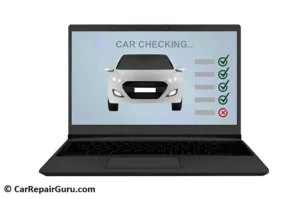
Once you’ve got your vehicle history report in hand, the next step is understanding what all that data actually means. At first glance, it might seem overwhelming—but breaking it down into sections makes it easier to spot the green lights and the red flags.
Start with the Title Status
Look at whether the car has a clean title or something concerning, like a salvage title, rebuilt title, or flood damage. Any non-clean title can affect the car’s safety, insurability, and resale value.
Odometer Readings Matter
Scroll through the mileage records. A consistent increase over time is a good sign. But if the numbers drop or reset unexpectedly, you could be looking at mileage fraud—a major red flag.
Review the Accident Report Section
See if there are any recorded collisions. Minor accidents with cosmetic damage are usually less concerning than major collisions involving the frame, airbags, or engine. Some accident reports also include photos or repair estimates, giving you a clearer picture.
Check Ownership History
A car that’s had one or two long-term owners is generally a safer bet than one that’s been passed around frequently or used commercially. The ownership history will show how many people owned it, for how long, and if it was part of a rental or fleet service.
Look at Service and Maintenance Records
Consistent oil changes, brake checks, and tire rotations in the maintenance records signal that the previous owner took care of the car. Lack of records doesn’t always mean poor care—but solid documentation is a huge plus.
Reading a vehicle history report carefully can be the difference between a great deal and a costly mistake.
Limitations of Vehicle History Reports
While a vehicle history report is an incredibly useful tool, it’s not foolproof. Knowing its limitations can help you make smarter decisions.
Not All Incidents Are Reported
If an accident or repair wasn’t reported to insurance or recorded in a database, it might not appear on the accident report. This is especially true for minor fender-benders or repairs done privately without going through a mechanic who logs service history.
Incomplete Maintenance Records
Although many reports now include maintenance records, they’re often spotty. If the previous owner didn’t take the car to a shop that reports to national databases, those services may be missing—even if the vehicle was well maintained.
Delayed Updates
There can be a lag in how quickly data gets into the system. For example, if a car was in an accident just weeks ago, the report might still show a clean history.
No Guarantee of Future Reliability
A clean vehicle history report doesn’t mean the car won’t have issues. It simply means that no major problems have been reported so far. That’s why a mechanical inspection is still essential.
In short, a vehicle history report is a valuable tool—but it should be just one part of your used car buying process, not the only one.
Final Thoughts
A vehicle history report is one of the smartest tools you can use when buying a used car. It offers transparency by uncovering hidden details—like accident history, title status, ownership history, and even possible mileage fraud—that you simply can’t see with the naked eye.
While it’s not a perfect crystal ball, it gives you a strong starting point and helps you avoid serious red flags like a salvage title or spotty maintenance records. When combined with a physical inspection and test drive, it puts you in a much better position to make a confident, informed decision.
Whether you’re buying from a dealership or a private seller, always ask for or invest in a vehicle history report. It’s a small step that can prevent big regrets—and ensure your next ride is truly worth the investment. Peace of mind is priceless when it comes to buying a car.
FAQ
What is a vehicle history report?
A vehicle history report is a detailed record of a car’s past, including accidents, ownership history, title status, and maintenance records. It helps buyers make safer decisions.
How do I get a free vehicle history report?
Some dealerships offer free reports, and services like NMVTIS and iSeeCars may provide partial free versions. However, full reports from providers like CARFAX or AutoCheck are usually paid.
Which is better: CARFAX or AutoCheck?
CARFAX is known for detailed service records, while AutoCheck scores vehicles based on history. Both are reliable, but it’s ideal to compare reports from both.
Can I check a car’s history with just the VIN?
Yes, the VIN (Vehicle Identification Number) is essential for generating a vehicle history report. Input it into a trusted provider’s website to access the report.
Do vehicle history reports show all accidents?
Not always. Reports rely on data from insurance companies, repair shops, and DMVs. Some minor accidents may not be included, which is why inspections are also important.
